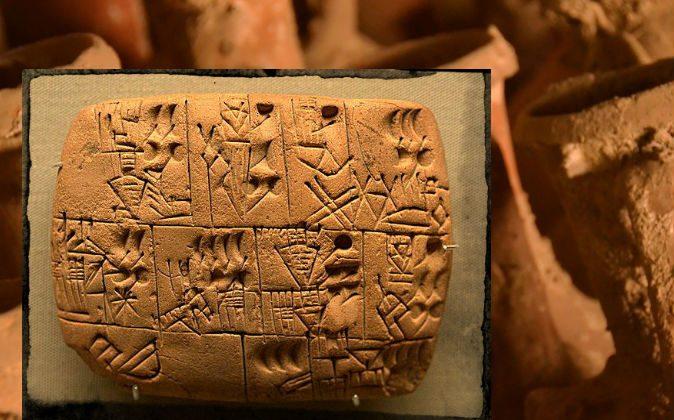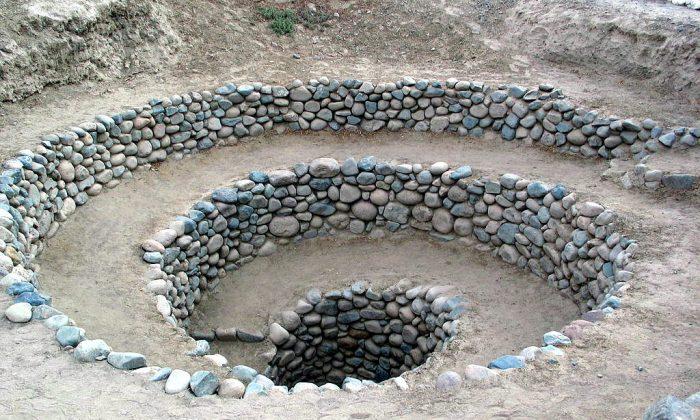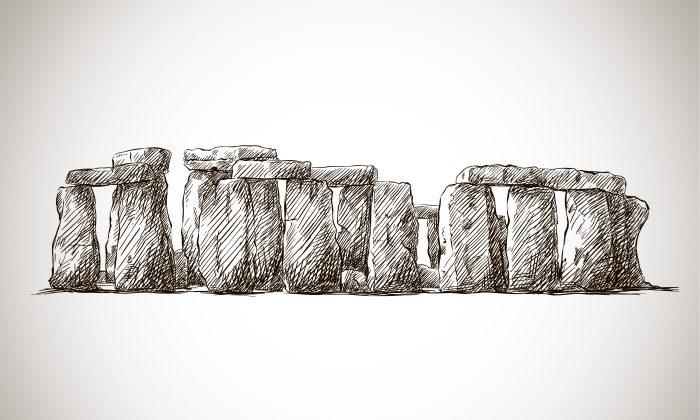An archaeologist working with a brewery is recreating ancient beers from around the world, from places such as Turkey, Egypt, Italy, Denmark, Honduras, and China. Alcohol archaeologist Patrick McGovern thinks he may even be able to recreate a drink from Egypt that is 16,000 years old.
McGovern, of the University of Pennsylvania Museum of Archaeology and Anthropology, has been working with Dogfish Head Brewery in Milton, Del. The professor is using modern technology to detect traces of ingredients. In addition, Dogfish Head Brewery has produced beer using African, South American, and Finnish recipes from centuries ago.
Now McGovern is extracting alcoholic beverage ingredients from residue on ancient pottery at archaeological sites worldwide and studying references in documents. He has been resurrecting beers and beverages that had been forgotten.
The first drink McGovern and Dogfish Head brewed was what they called Midas Touch. The recipe was deduced from analysis of residues in what scholars think is King Midas’s tomb in Turkey, dating to about 700 B.C. Midas Touch beer is made with barley malt, white muscat grapes, honey, and saffron. McGovern used methods such as liquid chromatography, gas chromatography, and mass spectrometry to discover the ingredients, according to the Daily Mail.

McGovern isn’t the first to revive ancient brews. Beginning in 2012, Great Lakes Brewery in Ohio worked with archaeologists in Chicago to recreate a 5,000-year-old Sumerian beer. They used only a wooden spoon and clay vessels modeled after artifacts excavated in Iraq. They successfully malted barley on the roof of the brew house and also used a brick-like “beer bread” for the active yeast. The best result thus far has been a beer full of bacteria, warm, and slightly sour.
Beer seems to have been an important part of Sumerian culture; the word beer appears in many contexts relating to religion, medicine, and myth. In fact, the oldest documented evidence of beer comes from a 6,000-year-old Sumerian tablet depicting people drinking a beverage through reed straws from a communal bowl. The oldest surviving beer recipe can be found in a 3,900-year-old ancient Sumerian poem honoring Ninkasi, the goddess of brewing, fertility, and the harvest. The poem describes how bappir, Sumerian bread, is mixed with “aromatics” to ferment in a big vat.
The production of beer in Mesopotamia is a controversial topic in archaeological circles. Some believe that beer was discovered by accident and that a piece of bread or grain could have become wet and a short time later, it began to ferment into an inebriating pulp. However, others believe that the technique of brewing beer was an early technological achievement and may have even predated the Sumerians in the lowlands of the Mesopotamian alluvial plain.
Ancient Origins reported in 2013 that Italian archaeologists planted a vineyard near Catania in Sicily with the aim of making wine using techniques from classical Rome described in ancient texts. The team expected its first vintage within four years.
To replicate conditions used in Roman times, modern chemicals were not used on the crop and the vines were planted using wooden Roman tools and fastened with canes and brooms.
Instead of fermenting in barrels, the wine will be placed in large terracotta pots—traditionally big enough to hold a man—which are buried to the neck in the ground, lined inside with beeswax to make them impermeable and left open during fermentation before being sealed shut with clay or resin.
The research team will make two types of wine—the type once used for the nobles, which was sweetened with honey and water, and the type made for slaves, which was more vinegary.
The history of wine spans thousands of years and is closely intertwined with the history of agriculture, cuisine, civilization, and humanity itself. Archaeological evidence suggests that the earliest known wine production occurred in what is now the country of Georgia around 7000 B.C., with other notable sites in Greater Iran and Greece, dated at 4500 B.C.
It appears McGovern was one of the earlier researchers to use modern technology in reviving ancient beer recipes. He has been working with Dogfish Head Brewery since 2001. As far back as 1996, however, Newcastle Breweries in Melbourne, Australia, was trying its hand at an ancient Egyptian beer.
The Herald Sun reported at the time that researchers studied sediment from jars found in a brewery housed in the Sun Temple of Nefertiti. A thousand bottles of “Tutankhamon Ale” were brewed from the ancient recipe. The beer, which was 5 to 6 percent alcohol, sold at about $100 per bottle, with profits to be applied to further research in the field.
Republished with permission. Read the original at Ancient-Origins.net
*Image of Roman amphora via Shutterstock




